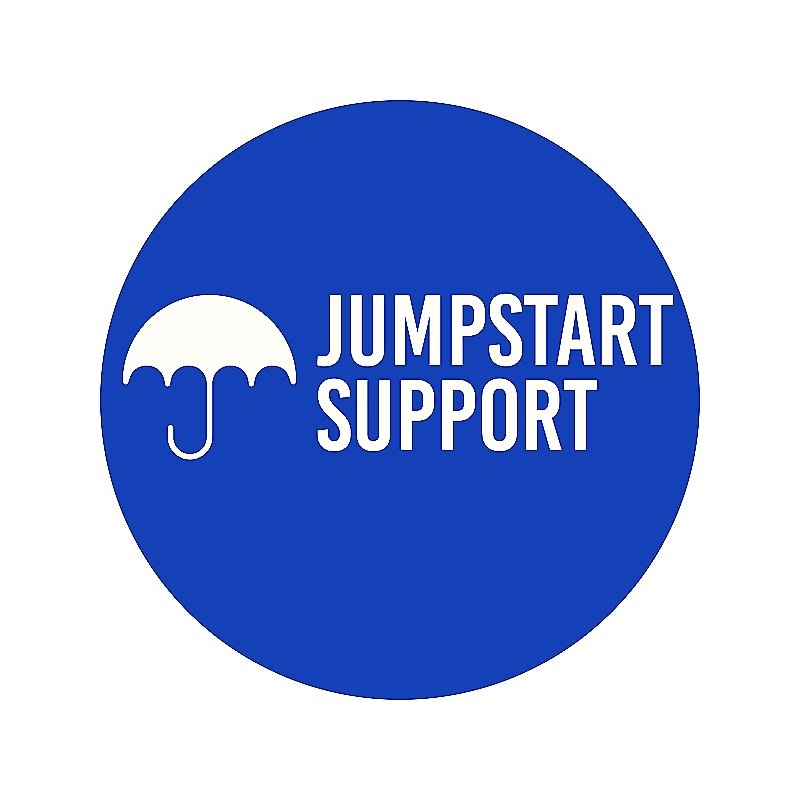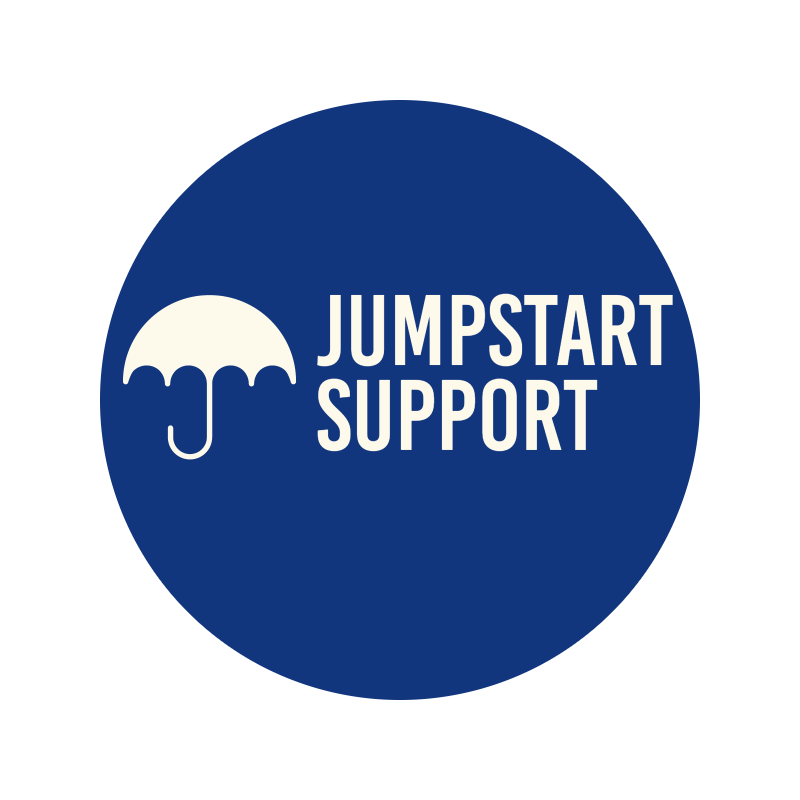The Future of Recruitment: A Diverse Workforce and the Role of Neurodiversity
In an epoch marked by rapid change and increased diversity awareness, the concept of neurodiversity has emerged not just as a buzzword, but as a fundamental component of a progressive recruitment strategy. With an aim to create a workforce that mirrors the varied mosaic of the world, companies are now turning their focus towards talents that lie outside the standard parameters of neurotypicality. This commitment to inclusivity is not just an ethical imperative; there's a surmounting business case for it, too. This article dives deep into what neurodiversity means for recruitment, strategies to enact this shift, and the experiences of pioneering companies that have already embraced neurodiversity.
Defining Neurodiversity and Its Importance in the Workplace
Neurodiversity acknowledges the spectrum of differences in neurological functioning that exist among individuals. This includes but is not limited to, autism, ADHD, dyslexia, and other conditions. In a workplace context, a focus on neurodiversity aims to recognise and accommodate the unique strengths and perspectives that neurodiverse individuals bring to the table.
The social and moral merit of providing equal opportunities to people of all neurotypes is unequivocal. However, beyond that, lies the treasure trove of diverse thinking and innovation. Companies that champion neurodiversity can expect greater adaptability, creativity, and problem-solving, giving them a clear competitive edge.
The Business Case for Neurodiversity in Recruitment
Research has consistently validated the impact of neurodiversity on a company’s performance. Neurodiverse teams have been found to boost efficiency and innovation, with some studies suggesting they outperform non-diverse counterparts. For instance, the unique cognitive approaches of neurodiverse individuals are often invaluable in tasks that require critical thinking, data analysis, and pattern recognition.
Businesses that have embraced neurodiversity are also reaping substantial economic rewards. Reductions in employee turnover, lower training costs, and the positive image associated with a diverse workplace all contribute to a healthier bottom line.
Challenges in Embracing Neurodiversity
Despite the evident benefits, there are persistent challenges to implementing neurodiversity programs. A primary obstacle is the lack of widespread understanding and acceptance. Stigma and misconceptions about neurodiverse individuals can lead to biases that hinder their inclusion in the workforce.
Funding and infrastructure to support neurodivergent employees is another barrier. Businesses may feel ill-prepared to provide the necessary accommodations, thus reluctance can persist in hiring these individuals.
Strategies for Inclusive Recruitment
Recognizing and overcoming these challenges is essential for meaningful progress. An inclusive recruitment strategy should incorporate several elements, such as L&D interventions for existing staff, sensitization programs, and clear pathways for advancement. Recruitment and interviews, in particular, should be tailored to assess the unique abilities of neurodiverse candidates without unfair standards.
Success Stories
An increasing number of companies are successfully navigating the path to neurodiversity. Tech giants, such as Microsoft and SAP, have been at the forefront of the movement, integrating neurodiverse teams and reaping the rewards. These pioneers provide valuable insights into the benefits of such initiatives and the effective strategies that can be deployed.
Tools and Resources for Neurodiverse Recruitment
Thankfully, a growing body of digital platforms and tools are now available to support inclusive recruitment. These range from job matching platforms that connect neurodiverse talent with supportive employers, to assistive technologies that facilitate the work of neurodiverse employees.
Organisations and support networks, like the National Autistic Society in the UK, provide valuable resources for employers and neurodiverse individuals alike, offering guidance, training, and networking opportunities.
The Future Outlook
The trajectory for neurodiversity in the workplace is one of increasing importance. Cognisant businesses are already forming alliances and engaging in dialogue to drive change, and it’s clear that a future without neurodiversity in recruitment is a future at risk of diminished potential.
We can expect to see more robust regulations and employer expectations around neurodiverse inclusion in the coming years. Staying ahead of the curve means integrating neurodiversity now, and doing so authentically and across all levels of the organisation.
Conclusion
The evolution of recruitment practices is tightly interwoven with the growing emphasis on diversity, inclusion, and belonging. Neurodiversity holds a pivotal role in this narrative, not only as a social justice issue but as a key driver of competitive advantage and future-proofing. Companies have the opportunity to be trailblazers in this domain, sculpting a work environment where every employee's unique abilities are valued. The question is not if businesses will incorporate neurodiversity into their DNA, but when - and those who act decisively will see benefits that extend far beyond the traditional measures of success. It's time to not just talk the talk, but walk the walk towards a truly inclusive workforce.

